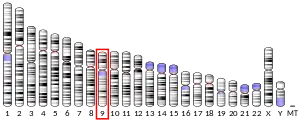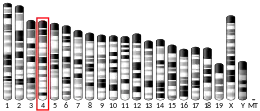| CDC26 | |||||||||||||||||||||||||||||||||||||||||||||||||||
|---|---|---|---|---|---|---|---|---|---|---|---|---|---|---|---|---|---|---|---|---|---|---|---|---|---|---|---|---|---|---|---|---|---|---|---|---|---|---|---|---|---|---|---|---|---|---|---|---|---|---|---|
| |||||||||||||||||||||||||||||||||||||||||||||||||||
| Identifiers | |||||||||||||||||||||||||||||||||||||||||||||||||||
| Aliases | CDC26, ANAPC12, APC12, C9orf17, cell division cycle 26 | ||||||||||||||||||||||||||||||||||||||||||||||||||
| External IDs | OMIM: 614533 MGI: 1913690 HomoloGene: 16410 GeneCards: CDC26 | ||||||||||||||||||||||||||||||||||||||||||||||||||
| |||||||||||||||||||||||||||||||||||||||||||||||||||
| |||||||||||||||||||||||||||||||||||||||||||||||||||
| |||||||||||||||||||||||||||||||||||||||||||||||||||
| |||||||||||||||||||||||||||||||||||||||||||||||||||
| Wikidata | |||||||||||||||||||||||||||||||||||||||||||||||||||
| |||||||||||||||||||||||||||||||||||||||||||||||||||
Cell division cycle 26 is a protein that in humans is encoded by the CDC26 gene.[5]
Function
The protein encoded by this gene is highly similar to Saccharomyces cerevisiae Cdc26, a component of cell cycle anaphase-promoting complex (APC). APC is composed of a group of highly conserved proteins and functions as a cell cycle-regulated ubiquitin-protein ligase. APC thus is responsible for the cell cycle regulated proteolysis of various proteins. [provided by RefSeq, Jul 2008].
External links
- PDBe-KB provides an overview of all the structure information available in the PDB for Human Anaphase-promoting complex subunit CDC26
References
- 1 2 3 GRCh38: Ensembl release 89: ENSG00000176386 - Ensembl, May 2017
- 1 2 3 GRCm38: Ensembl release 89: ENSMUSG00000066149 - Ensembl, May 2017
- ↑ "Human PubMed Reference:". National Center for Biotechnology Information, U.S. National Library of Medicine.
- ↑ "Mouse PubMed Reference:". National Center for Biotechnology Information, U.S. National Library of Medicine.
- ↑ "Entrez Gene: Cell division cycle 26". Retrieved 2018-10-16.
This article incorporates text from the United States National Library of Medicine, which is in the public domain.
This article is issued from Wikipedia. The text is licensed under Creative Commons - Attribution - Sharealike. Additional terms may apply for the media files.



